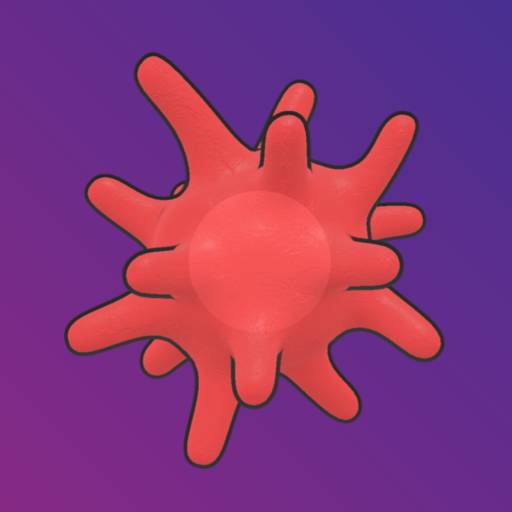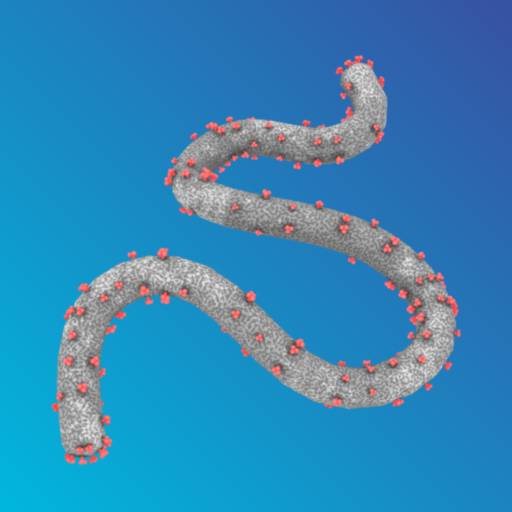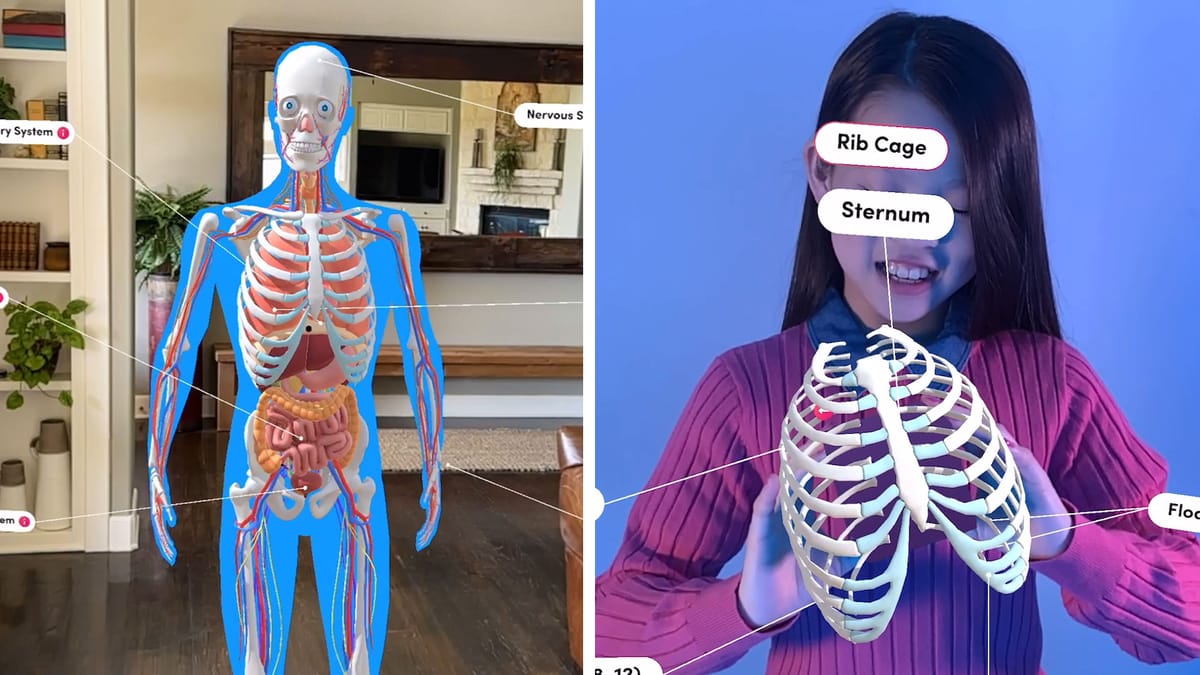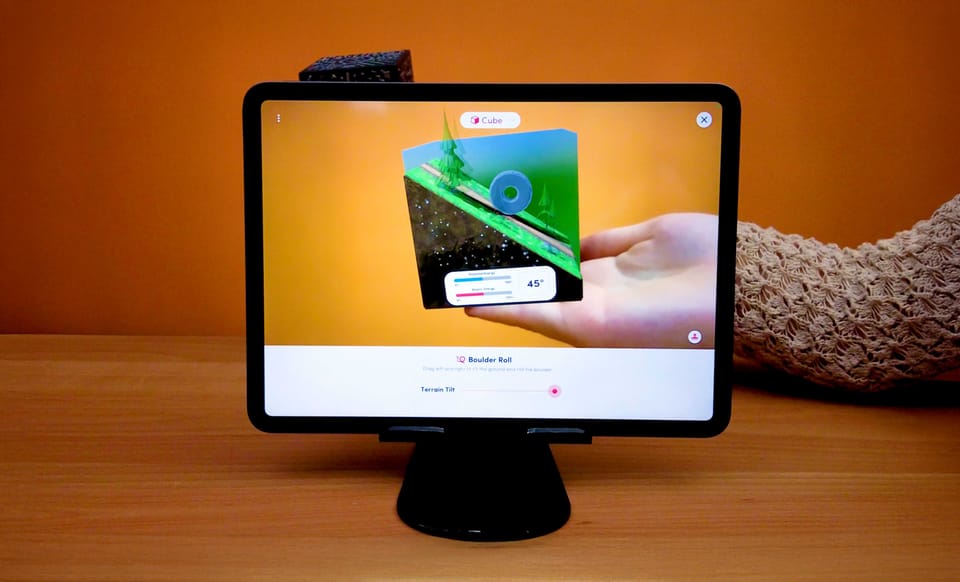Exploring the Microscopic World of Viruses with Merge Object Viewer
Explore the Virus Collection today with Merge Object Viewer and bring the hidden world of microbiology into your students’ hands.

Viruses are everywhere—in our bodies, in the air we breathe, and on the surfaces we touch. They range from the relatively harmless, like the common cold, to the world’s most dangerous pathogens. Yet, despite their massive impact on human life, viruses are far too small to see without powerful microscopes. This makes them difficult for students to visualize…until now.
With the Virus Collection in Merge Object Viewer, students can hold incredibly detailed 3D models of viruses right in their hands. Using a Merge Cube and any compatible device, learners can rotate, zoom, and inspect viruses from every angle. They can examine the intricate capsid structures, identify viral components, and see how shape and size influence a virus’s ability to infect and spread.
And, with the activity plans for Object Viewer, teachers can easily integrate these digital teaching aids into lessons.

From the Common Cold to Global Threats
This immersive experience goes far beyond a static image in a textbook. Students can explore models of viruses responsible for everyday illnesses, like rhinoviruses that cause the common cold, alongside the agents behind some of the most dangerous diseases in history. Comparing these models side-by-side helps them recognize structural differences, relate them to real-world infections, and make connections between science content and public health. Here are just a few of the viruses found in the collection:




A Hands-on Approach to Microbiology
For educators, the Virus Collection provides a powerful way to make microbiology concepts tangible and standards-aligned. Life science and health units often require abstract discussions about viral replication, immune response, and disease transmission. Merge Object Viewer makes those concepts concrete, helping students visualize how viruses attach to host cells, how their structure aids in reproduction, and why some viruses mutate quickly.
Safe, Accessible, and Engaging for Every Student
Best of all, this learning happens without the need for expensive lab equipment or biological samples. Every student can safely study these microscopic agents, making it possible to teach microbiology in any classroom environment—from elementary science to high school biology.

Building Scientific Literacy for the Future
By exploring the Virus Collection, students gain more than just knowledge of pathogens—they develop a deeper understanding of the science that shapes our health and our world. When learners can visualize the invisible, they can better appreciate the role viruses play in global challenges, and they’re empowered to think critically about how to prevent and respond to them.
New to Merge EDU? Start the free trial today: trymerge.com










